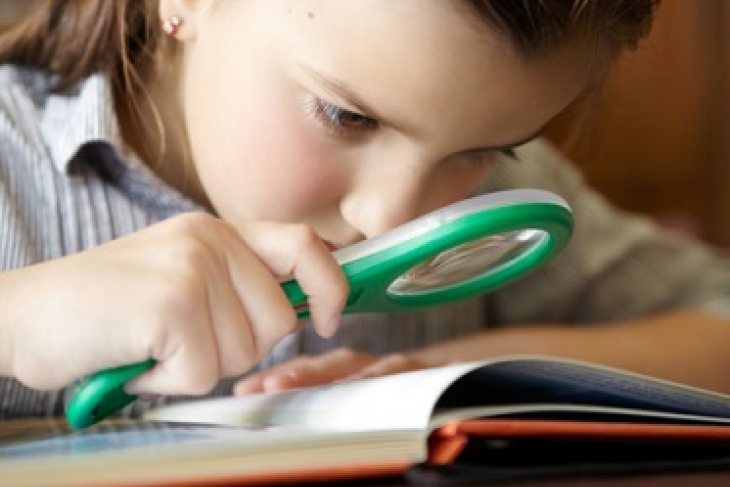A reader recently posed this question:
The Atlantic just published an article about the mistake American educators make by teaching reading in kindergarten. Shouldn’t we do what the Finns do: let kids learn to read when they want to and end up with high achievement?
This article is from the “Whistle a Happy Tune” School of Philosophy. It links one cultural input with one achievement output and assumes both a causal connection (not teaching reading in kindergarten will result in higher achievement) and that if this cultural input were adopted elsewhere, the same outcome would result there as well. This is the third or fourth such article that I have read about Finland in the Atlantic, and the tone of the pieces has been pretty consistent—they’re feel-good fantasies to help us ward off the blues as the days grow shorter and the verdant earth seems to die yet again. It sure is fun to think about how easily we could remake our society.
The problem with this dream, however, is that cultural change doesn’t work that way.
America, unlike Finland, is not a relatively simple society, small in population and low in diversity. Of the 5.5 million total Finns (fewer people than live in the Chicago area alone), few differ in race, ethnicity, language, income, or religion. It is estimated that there are eleven million undocumented immigrants in the United States (twice the total population in Finland), and those aspiring Yanks differ from the “average American profile” in countless ways. Finland receives few immigrants, and those they let in must bring skills and a secure, middle class income (ours, of course, often bring only what they carry).
The comparison of Finland with the United States would be like comparing Scarsdale, Winnetka, Piedmont City, and University Park with the United States. (The same goes for Denmark.) We’d all be amazed at how wonderful things are in those relatively wealthy communities and how little the schools there have to do to teach reading successfully to most kids.
What are the most pertinent differences between the Finns' situation and ours?
First, they teach the Finnish language. Finnish is reputedly the easiest language to learn to read (if I may link to yet another Atlantic piece on the subject). The relationship between spelling and pronunciation is highly consistent, making it especially easy to decode. Because the country is so small, there are few dialectical differences to complicate things. All things being equal, a Finnish child can learn to read Finnish much faster than an American child can learn to read English.
Second, most Finnish parents have college degrees or advanced degrees. If we can generalize from U.S. research, such children will have better health, nutrition, ability to concentrate, IQs, and vocabulary. With more adults available in the home to provide care, these kids are also more likely to be reading or to have learned a lot of pre-reading skills before they enter school. It would be the rare child who enters school without a big head start on literacy achievement. Most homes subscribe to newspapers, keep many books available, have a well-stocked public library close by, and make bedtime stories norm.
In fact, according to a study conducted by the Finnish government, more than one-third of children enter school already reading. That sure takes the pressure off those supposedly high-skilled Finnish teachers.
I would love to live in a community where everyone was well educated and enjoyed a substantial income. No doubt about it, my children and grandchildren would thrive there. But I live in a community where the majority of adults have not completed high school, libraries are sometimes located in gang territory, and mom and dad may not know how to speak English yet. (Even when they do, they may be speaking a dialect far removed from the one teachers are using.) Under the circumstances, preparing kids early to read a challenging language is a really good idea.
Another problem with the article is that it depicts the typical American kindergarten as teaching literacy with worksheets. I don't support such instruction, though it happens—in some cases. The silly dichotomy between play and academic instruction was made up by U.S. psychologists in the 1890s; it hangs on today among those who have never taught a child to read in their lives. Successful early literacy teaching is much more interactive and hands-on (and, perhaps, even more play-based) than its weird portrayal in the Atlantic.
The piece also requoted one of my least favorite claims: "'But there isn’t any solid evidence that shows that children who are taught to read in kindergarten have any long-term benefit from it,' Nancy Carlsson-Paige, a professor emeritus of early childhood education at Lesley University, explained in a video published by the advocacy group Defending the Early Years."
You can make that claim…as long as you don’t know the research. I chaired the National Early Literacy Panel. Unlike Dr. Carlsson-Paige, we had to look at the studies. And we absolutely found evidence of long-term benefits from early learning. But that inconvenient fact screws up the narrative: Finland is great, we are idiots, and teaching your children to read will make a mess of their idyllic lives. Sure, and I have some swampland in Florida that I can let you have for cheap. Honest.
Editor’s note: This post originally appeared in a slightly different form at Tim Shanahan's blog, Shanahan on Literacy. Tim Shanahan is a distinguished professor emeritus of urban education at the University of Illinois at Chicago.
iconogenic/iStock/Thinkstock


